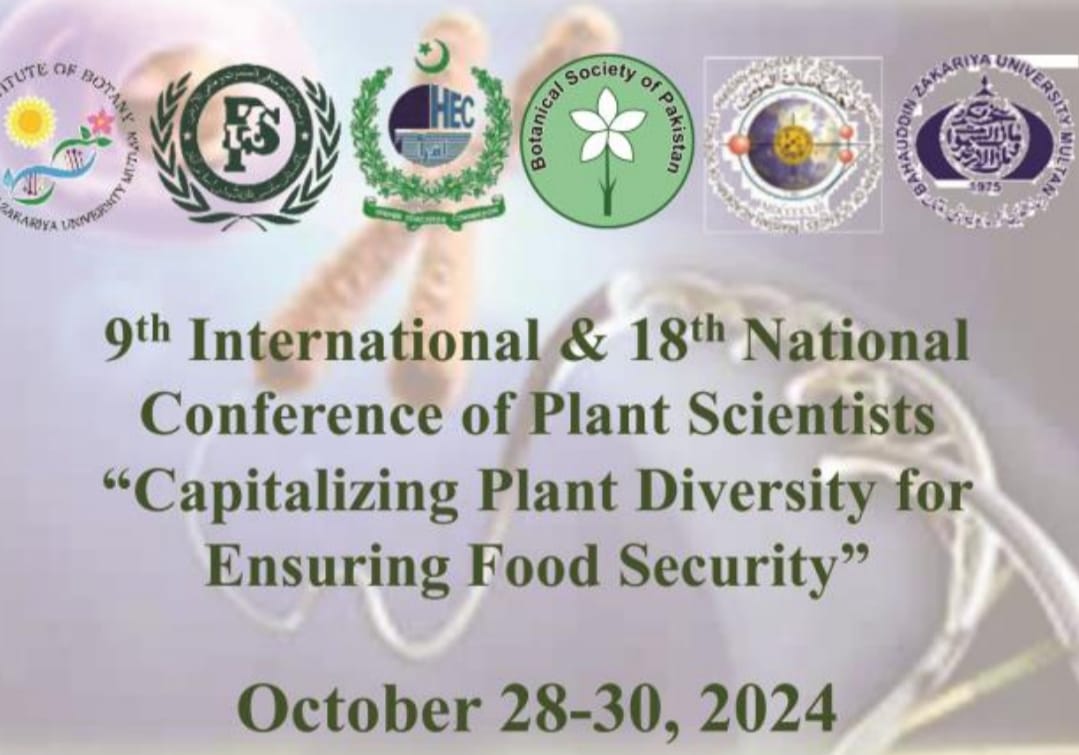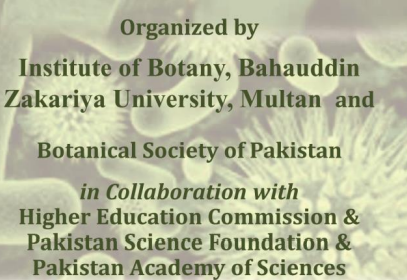
PJB-2025-348
Drug Standardization and Biological investigation of Medicinally Valued Artimesia meritima
Fozia
Abstract
Medicinal plants play a crucial role in treating a variety of illnesses, and there is a growing focus on exploring the chemical compounds within them through phytochemical analysis. This attention is driven by the diverse therapeutic effects associated with these compounds. This study aims to determine the phytochemical Screening, Antimicrobial, Cytotoxic and Phytotoxic Activities of Artimesia meritma. Preliminary phytochemical screening of methanolic and ethanolic extracts of A. maritima showed the presence of various phytochemicals such as alkaloids, flavonoids, steroids, glycosides and saponins in both the extracts while tannins and carbohydrates were only detected in the methanolic extract. Further quantitative analysis revealed higher levels of tannins, alkaloids and flavonoids in the methanolic extract compared to ethanol extract. The cytotoxic activity of methanolic and ethanolic extracts was evaluated by brine shrimp lethality assay. Both extracts exhibited dose-dependent cytotoxicity, with ethanolic extract showing comparatively higher potency (LD50 = 8.8 μg/ml) than methanolic extract (LD50 = 9.09 μg/ml). The phytotoxic effect of the extracts was tested against the aquatic plant Lemna minor. The ethanolic extract was more phytotoxic, causing 50% inhibition of frond growth at a concentration of 91μg/ml compared to methanolic extract which showed similar inhibition at higher concentration of 105 μg/ml. Antibacterial activity was tested against both Gram positive (Bacillus subtilis, Staphylococcus pneumonia) and Gram negative (Salmonella typhi, Escherichia coli) bacteria. Antifungal activity was evaluated against Aspergillus niger and Candida albicans. Both extracts exhibited concentration-dependent inhibition of microbial growth. Overall, the ethanolic extract showed greater potency (23.0±1.52) against Candida albicanse than methanolic extract at the tested concentrations of 25 and 50 mg/ml. In conclusion, the evidence indicates A. meritima as having significant potential for pharmacological action. It is possible to identify bioactive components using the suggested methodology, which could result in the creation of novel drugs with fewer adverse effects. The findings underscore the efficacy of A. meritima in treating various illnesses.
To Cite this article:


